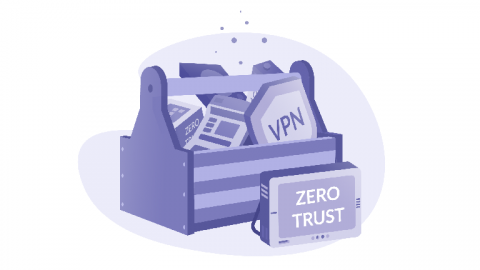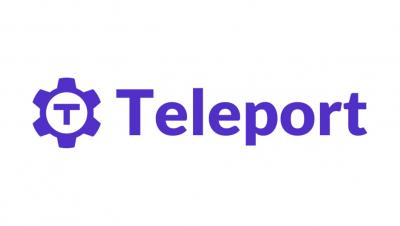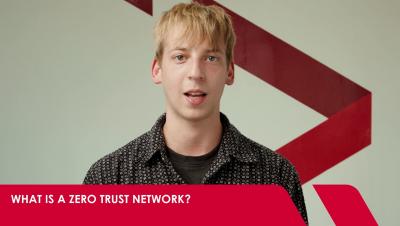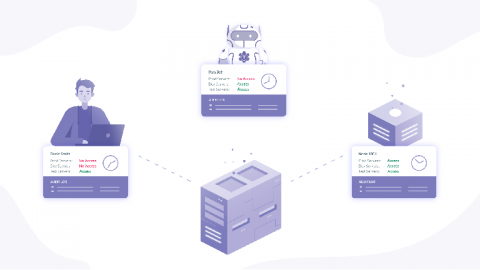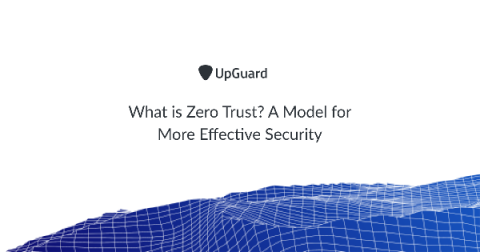VPNs and Zero Trust: Thoughts on the Evolving Nature of Remote Access
Organizations of all sizes are currently under siege by adversaries with unlimited time and enough technical skill to exploit the cracks in our information systems and networks. All organizations have something to protect, whether large or small, and they are always looking for new technology to help against these adversaries. Zero Trust has become the latest framework to solve all of our security woes.


